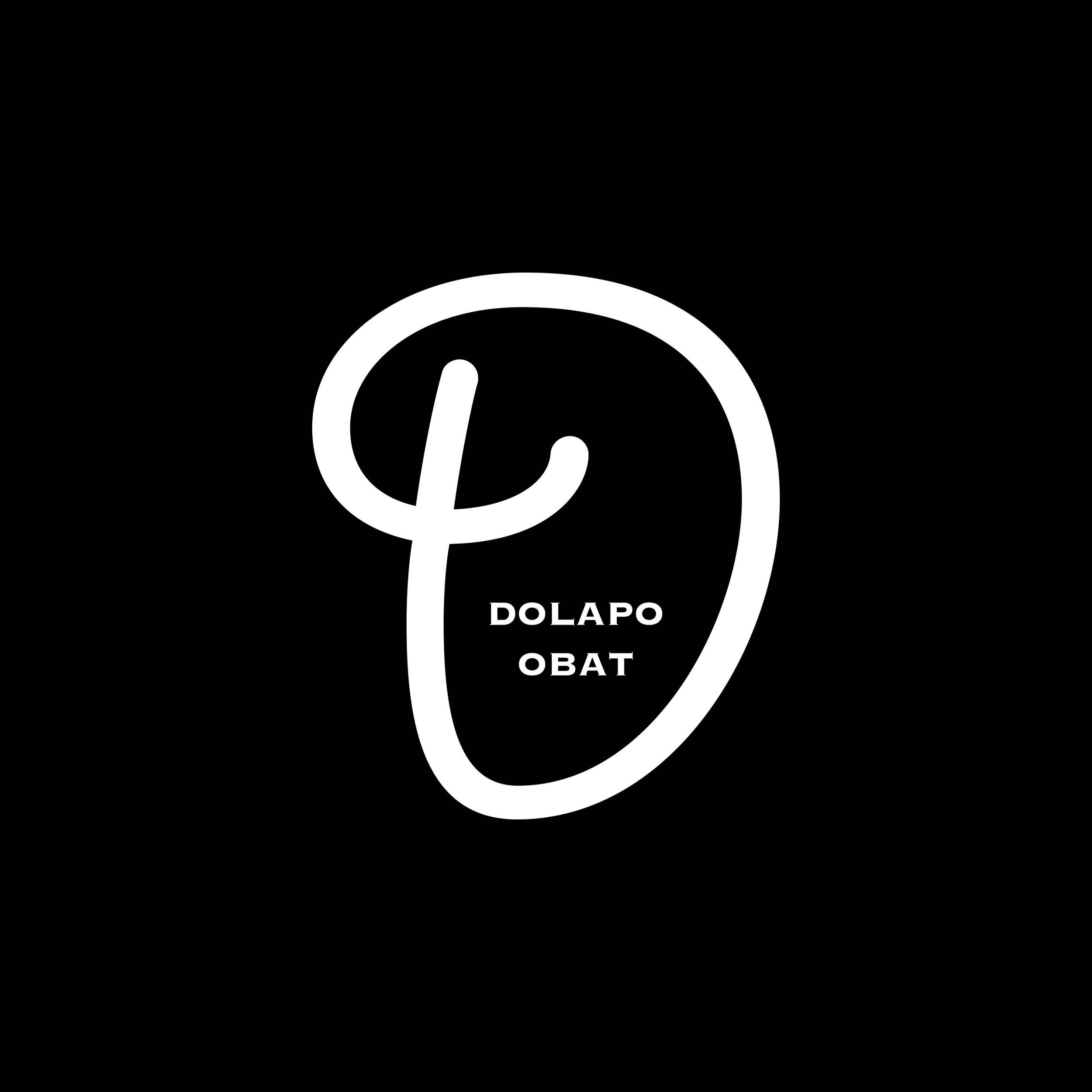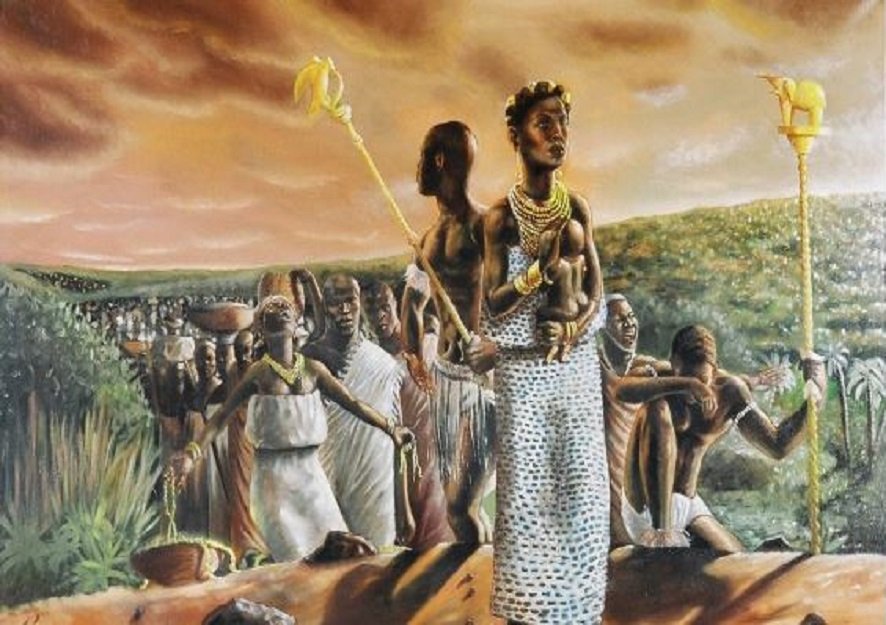Mythical Creatures and Folklore in West African Contemporary Art
In the vibrant world of West African contemporary art, a captivating dance unfolds between tradition and innovation. The region's rich cultural tapestry is woven with intricate threads of mythology and folklore, which continue to inspire artists as they reimagine ancient tales and creatures in fresh and exciting ways. In this exploration, we journeyed through the mystical realms of West African contemporary art, where mythical creatures and folklore come alive on canvas, sculptures, and beyond.
The Intersection of Myth and Modernity
West African contemporary art is a testament to the resilience of culture. It bridges the gap between centuries-old narratives and the contemporary world, breathing new life into ancient stories. Mythical creatures, often rooted in folklore, play a central role in this creative reimagining.
One such creature is the Mami Wata, a water spirit revered across various West African cultures. Traditionally depicted as a mermaid-like figure, Mami Wata embodies the mysteries of the deep, symbolizing the allure and danger of the unknown. In the works of contemporary artists like Sokari Douglas Camp and Peju Alatise, Mami Wata emerges from the waves as a powerful symbol of female empowerment and agency, adapting to modern contexts while retaining her mythical aura.
The Sankofa Bird
Among the most iconic symbols in West African folklore is the Sankofa bird a creature with its feet planted forward while its head turns back, plucking an egg from its back. This imagery represents the importance of learning from the past to shape the future, encapsulating the essence of the Akan proverb "Se wo be fi na wosankofa a yenkyi" ("It is not wrong to go back for that which you have forgotten").
In contemporary art, the Sankofa bird takes on new forms, embodying themes of cultural identity and historical heritage. Sculptor El Anatsui's breathtaking installations of woven metal and discarded materials evoke the Sankofa spirit, reminding viewers of past, present, and future interconnectedness. The bird's wings now span generations, inviting us to reflect on our roots while soaring toward new horizons.
Ananse the Spider
No discussion of West African folklore would be complete without Ananse the Spider trickster figure in the mythologies of Akan-speaking people. Ananse's cunning and cleverness often lead to humorous yet insightful moral lessons. In contemporary art, Ananse's legacy thrives as artists reimagine his tales with a modern twist.
Painter Ablade Glover's vibrant canvases capture Ananse's mischievous spirit in lively scenes that blend tradition and innovation. The spider's enduring appeal lies in his ability to transcend time, his wisdom and wit seamlessly adapting to contemporary contexts while preserving the core of his mythical persona.
The Leopard Society
Across West African cultures, shape-shifters like the leopard hold a special place in myth and folklore. The Yoruba of Nigeria, for instance, believe in the existence of the Leopard Society an elite group of individuals with the power to transform into leopards. These beings are often associated with secrecy, power, and the supernatural.
In contemporary art, artists like Ben Enwonwu and Nike Okundaye explore the enigmatic nature of shapeshifters through their evocative pieces. Enwonwu's "Leopard's Bride" and Okundaye's textiles pay homage to the mystique of these creatures while weaving a narrative of cultural preservation. The legacy of the leopard endures, its presence echoing across generations through art that captures its essence in new and captivating ways.
Yoruba Orishas
The Yoruba cosmology is rich with a pantheon of deities known as Orishas. These divine beings represent various aspects of life and nature, acting as intermediaries between humans and the divine. In contemporary art, the Orishas continue to captivate audiences far beyond West Africa's borders.
Artist Lemi Ghariokwu, famed for his album covers for Afrobeat legend Fela Kuti, blends the visual language of Yoruba deities with modern music culture. His fusion of traditional motifs and contemporary aesthetics serves as a reminder that mythology is a living, breathing force that transcends time and space. Ghariokwu illustrates the universality of the Orishas' influence and their ability to inspire creativity beyond cultural confines through his art.
West African contemporary art is a testament to the enduring power of mythology and folklore. Through the creative expressions of modern artists, ancient tales and mythical creatures are reborn, their messages finding resonance in the hearts of new generations. As we traverse the realm of these artworks, we're reminded that the threads of tradition and innovation are woven together, creating a tapestry of enchantment that captures the essence of West African culture and its timeless stories.

